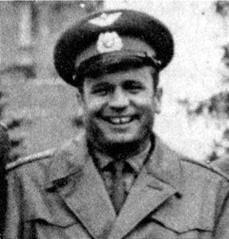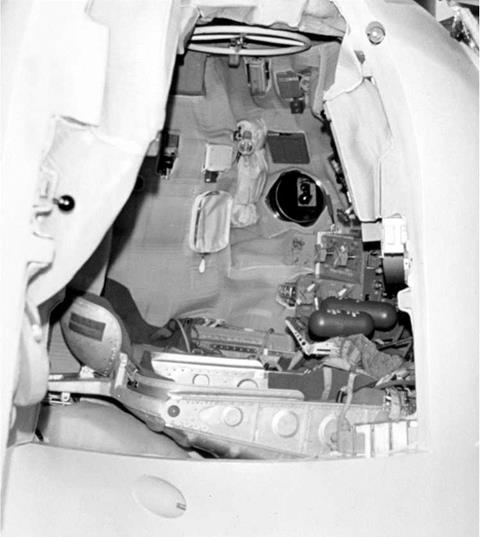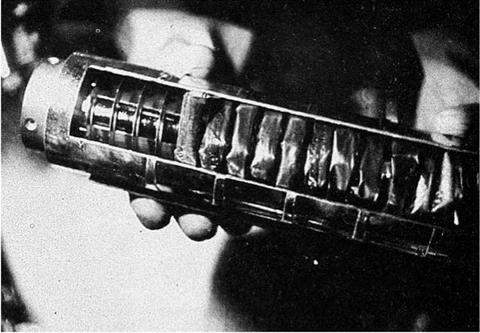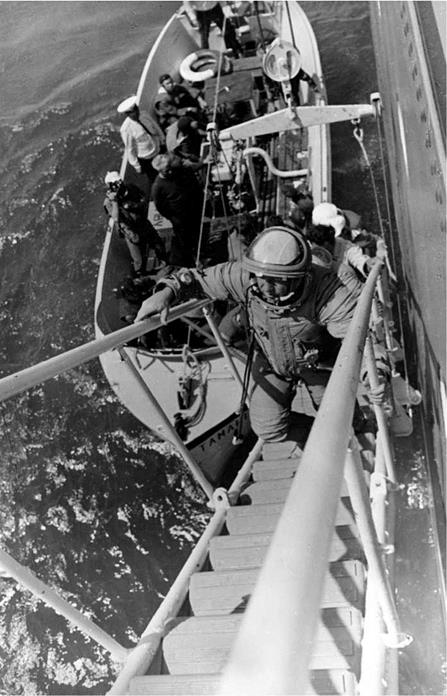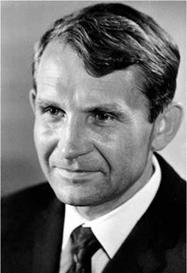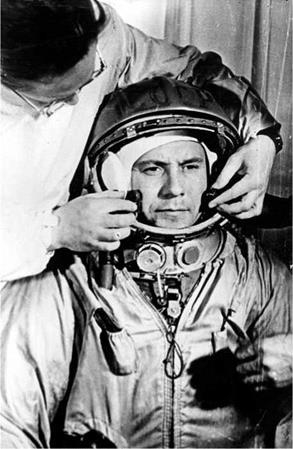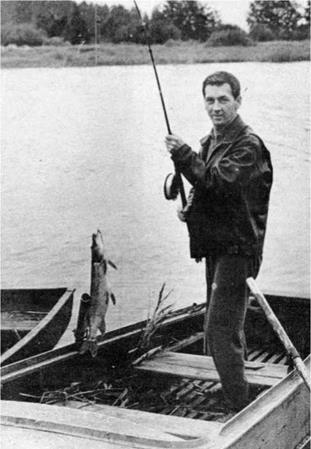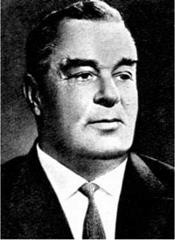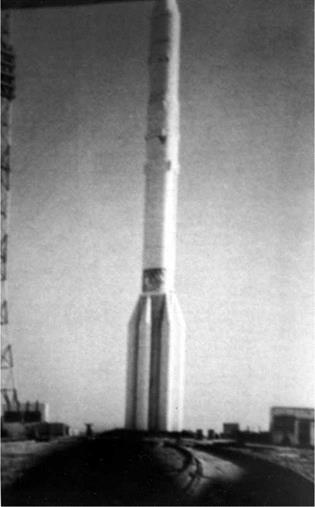Thus, by 1972 the N-1 was in redesign. The old N1-L3 plan had now been superseded by a more ambitious plan, using a redesigned launcher, equipped with the hydrogen – powered engines that had brought the Americans so much success. Once the N-1 was perfected, Mishin could look forward to eclipsing the Apollo landings with the beginnings of a Soviet base on the moon. The Americans might get there first, but Soviet cosmonauts would be the first to really live there and explore. Three more N-1s were under construction and one was now almost ready.
With the N1-L3M plan now over a year under way, it was time for the fourth full test of the N-1. Although there had been some pressure to cancel the programme after the third failure, there was a strong conviction that the rocket must now be near to success. Following the third failure, further modifications of the rocket took place: [7]
• Better thermal protection for tanks, cables and pipes.
• New control system.
• Improved performance monitoring, with 13,000 sensors sending back data.
This N-1 was the first Soviet launch to use a digital guidance and control system, one overseeeing the engines, gyroscopes and accelerometers. The S-530 computer was developed by the Pilyugin design bureau and was used not only for the N-1 but the LOK and LK. The rocket’s telemetry system relayed back high-density data, some analysts estimating at a rate of 9.6Gbyte/sec on up to 320,000 channels on 14 frequencies, so fast that eavesdropping American electronic intelligence satellites could not keep up. Commands could be sent up to the ascending N-1 at the same pace.
Much improved engines were also in preparation, to be installed on the fifth flight model. The fourth N-1 launch took place on 23rd November 1972, directed by Boris Chertok, Mishin’s deputy (the chief designer was in hospital at the time). This N-1 carried a dummy LK but, for the first time, a real LOK, which was intended to be put in lunar orbit and return to Earth. To reach the moon, the N-1 would have used a southbound course for translunar injection. A flight plan was approved by Vasili Mishin in July and subsequently published, highlights of which were:
• Burn-out of Earth orbit after one day on 24th November.
• Two course corrections en route to the moon.
• Lunar orbit insertion after 98 hours, orbiting at 175 km on 28th November.
• Change in lunar path on the 5th and 27th orbit.
• Descent to 40 km over the moon.
• Landing site photography on orbits 14, 17, 34 and 36.
• Jettison the dummy LK on orbit 37.
• Drop the LOK orbital module on orbit 39.
• LOK to blast back to Earth on orbit 42, on 1st December.
• Course corrections 24 hours after trans-Earth injection and 6 hours before reentry.
• Splashdown in the Indian Ocean on 4th December (Clark, 2002).
At 72 sec after take-off, the fourth N-1 was flying longer, higher and faster than any of its predecessors. Hopes rose that the first staging of an N-1 might now take place just short of the 2 min mark. At 90 sec another hurdle was passed when the six core engines were shut down on schedule (this was a procedure to reduce G forces and vibrations). Then all of a sudden it all went wrong again. Engine # 4 caught fire, for reasons that were never satisfactorily explained, right at the end of its burn. There was then the bright flame of an explosion at the tail. The rest of the rocket then quickly blew apart, mere seconds from second-stage ignition. The escape rocket engine fired the payload, the LOK, free. Again, a human crew would have survived.
Flights of the N-1


Date Outcome Payload [8] [9]
Lavochkin. A date was even set for the launch: 17th September 1975, with a landing on Mars on 22nd September 1976, liftoff from Mars on 27th July 1977 and a return to Earth on 14th May 1978 [19].
Mishin was close to bringing the fifth N-1 down to the pad in May 1974. It was scheduled to fly in August 1974, with the fully improved Kuznetsov engines. An all-up unmanned mission in lunar orbit was scheduled. Even as he did so, the plotters moved.
Mishin had come increasingly under fire not only for the failures of the N-1 programme but also for the difficulties experienced in other parts of the programme. The early 1970s were bad years for the Soviet space programme, for not only were there the problems with the moon programme, but three cosmonauts were lost on Soyuz 11, three space stations were lost over 1972-3 and a fleet of four probes sent to Mars in 1973 suffered a series of computer failures. In some senses, it is a surprise that he lasted as long as he did. Mishin was aware of the criticism, but not that his enemies were preparing to move against him, which they did when he was in hospital. In May 1974, they persuaded Leonid Brezhnev to remove Vasili Mishin from his post as chief designer. He was dismissed on 15th May and replaced at once by Chief Engine Designer Valentin Glushko, who was shortly elevated to membership of the Central Committee of the Communist Party, the apex of political power.
Within days, Glushko suspended the N-1 programme. The sudden suspension of the programme cause widespread shock throughout the Soviet space programme, most so in Kyubyshev where it was built. Alexei Leonov recalls what a devastating blow this was. He blamed Mishin for his failure to present his case properly to the political leadership [20]. Leonov believed that, had Korolev lived, the Soviet Union would certainly have sent a cosmonaut around the moon first. He was less sure that they could have landed on the moon first, but Korolev could have learned from the mistakes with the N-1. They would have got there in the end.
Even after Mishin had been removed, his engineers lobbied hard to be permitted even suborbital flights down the Tyuratam missile range, but to no avail [21]. Others argued, equally unsuccessfully, that even if the moon programme were to be abandoned, the N-1 would still be needed to launch large space stations. Some took out the old N-1-for-Mars design, now called the N-1M, trying to reinvent the rocket for its original mission, intended as far back as 1956. This inevitably prompted a rival design from Chelomei, the UR-700M and then the UR-900, raising the tedious prospect of the battles to the moon being refought again, but this time all the way to Mars [22].
Over the next two years, the Soviet space programme was gradually reoriented, but in a much more fundamental way. The future of the space programme was fought out at a meeting of the Military Industrial Commission on 13th August 1974 [23]. The main imperative seems to have been Glushko’s desire for a clean sweep, replacing the N-1 with his own family of launch vehicles (ultimately this evolved into Energiya); a reaffirmation of the value of orbital stations, where the USSR had achieved some modest success; and the need for a space shuttle to match the Americans. The military were not interested in going to the moon, but they were interested to match the shuttle. Now that he had finally triumphed over his dead rival, Korolev and his still alive successor Mishin, Glushko very much wanted to remake the Soviet space programme in his own image [24]. Glushko was undoubtedly a brilliant engineer, but critics found
|
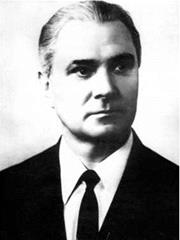
Valentin Glushko, now chief designer
|
him petty, gossipy, vainglorious and someone who liked to settle old scores. The political leadership was anxious to reign back costs and even Brezhnev, a supposed lover of projets de grandeur, understood the enormous cost to the Soviet economy of moon programmes. Although large-scale lunar and Martian projects continued on the drawing board for another two years, enthusiasm for them diminished to the point that they could be finally buried. Again, the Soviet decision-making process moved slowly and, apart from suspending the N-l, nothing was decided immediately. A consensus emerged, driven by Glushko, who had now combined his old bureau, OKB – 456, with Korolev’s old OKB-l, not to mention the Kyubyshev plant as well, to form the greatest mega-bureau of all time, Energiya. Following his death in 1989, they were again separated, the former becoming RKK Energiya and the later Energomash.
The three great chief designers of the Soviet space programme
1946-66 Sergei Korolev
1966-74 Vasili Mishin
1974-89 Valentin Glushko
In March 1976, the N-l was finally cancelled and the order was given to destroy all the N-l hardware. Project 5M to Mars was cancelled, though the absence of the N-1 was not the only reason (it was eventually recognized as being over-ambitious). The only items to survive were: the NK-33 rocket engines, which were stored away in a shed in the Kuznetsov plant in Kyubyshev; four lunar landers, now to be found in various museums; and half an N-1 fuel tank, which was converted to a bandstand shelter in a park in Leninsk. The N-1 pads were converted to serve for Glushko’s new rocket, the Energiya launcher, and it was from one of them that his Buran space shuttle made its first and only mission in November 1988. As for the former chief designer, Mishin was sent to lecture at the Moscow Aviation Institute, and, when glasnost broke, emerged to break the story of the N-l.
Heartbreaking though these decisions were for the designers, the cosmonauts who had hoped to fly to to the moon also felt an acute sense of disappointment. What happened to the cosmonaut squad? Once Apollo 8 had flown around the moon, the prospects of an L-l manned mission around the moon receded, although briefly rekindled when consideration was given to a mission to mark Lenin’s centenary in 1970. With the failure of the second N-l rocket in July 1969 and the American landing on the moon later that month, the prospects of a Soviet manned flight to the moon depended on the taming of the N-l rocket, which was nowhere in sight. The squad’s members had so little to do that they were permitted to make overseas trips, though some were recalled when they told too much of Soviet intentions. Autumn l969 saw the troika flight of three Soyuz spacecraft, mainly taking cosmonauts from the main Soyuz training groups but also some less prominent members of the lunar group (e. g., Vladislav Volkov). Plans were put forward for 1970-1 for at least one set of Kontakt missions to test out the lunar orbit docking system, with members drawn from the moon teams and farther afield. These missions were eventually cancelled in late 1970. When the head of the cosmonaut squad, General Kamanin, came to assemble his crews for the first manned space station missions in spring 1971, he chose cosmonauts from the round-the-moon and lunar-landing teams, like Nikolai Rukhavishnikov (research engineer, Soyuz 10) and Alexei Leonov (original commander, Soyuz 11). No specific training was ever done for the N1-L3M missions and no simulators were ever built. The moon team was formally disbanded in May 1974, matching the suspension of the N-1 programme, although there cannot have been many left at this stage, most having been reassigned to the manned space station programme. Last to go was navigator scientist Valentin Yershov, who alleged he was put out either for not joining the party or else to make way for nominees of new Chief Designer Valentin Glushko.
Winding down the moon race: cutbacks and redirection
1 Jan 1969 Party and government resolution to continue the moon programme, develop
an unmanned alternative programme and develop space stations.
Sept. 1969 First plans drawn for the N1-L3M.
Spring 1971 N1-L3M presented to expert commission.
August 1971 Cancellation of N1-L3 programme, replaced by the N1-L3M programme. 15 May 1972 Technical proposals for the creation of the N1-L3M complex approved.
May 1974 Mishin deposed; Glushko becomes chief designer; N-1 suspended. Cos
monaut members disbanded March 1976 N-1 finally cancelled.











